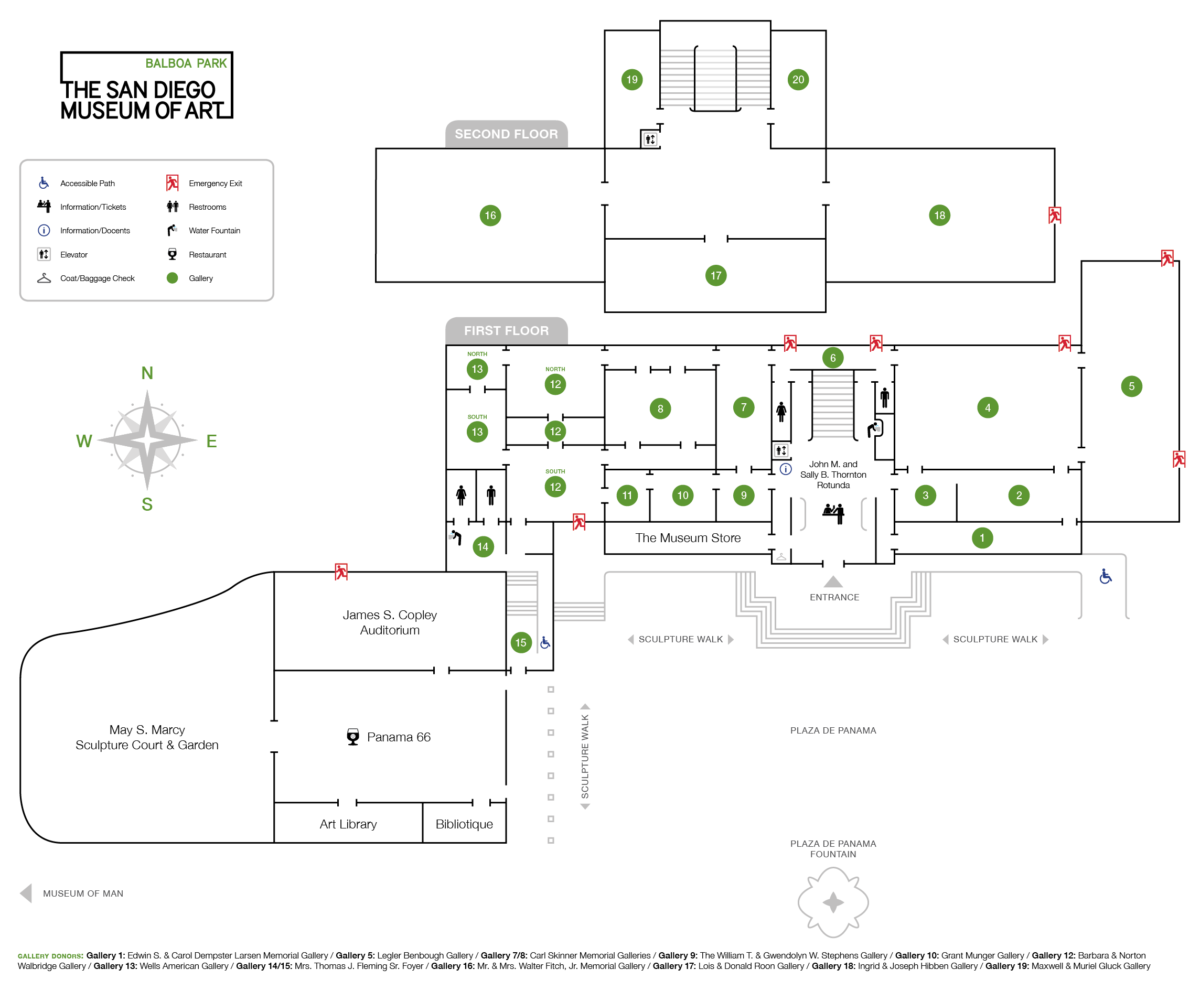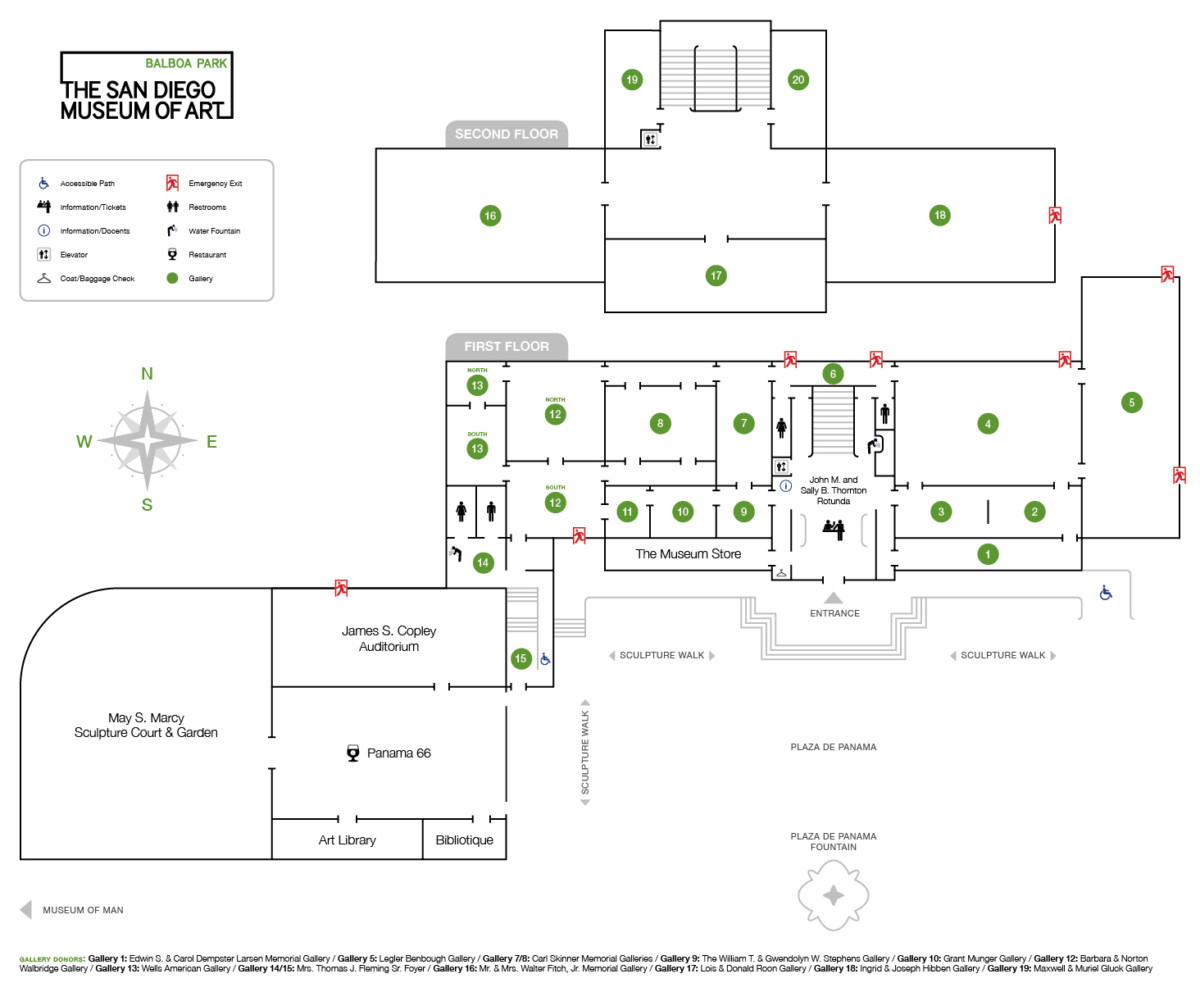European Art 1300–1800
In the Early Medieval era to the Renaissance and Baroque eras, a large part of artistic production in Europe was commissioned by the Catholic Church or by wealthy aristocratic and royal patrons. Religious institutions hired artists and architects to build and decorate places of worship, from cathedrals to monasteries and hospitals.
In the north, Martin Luther’s Reformation emerged in the 1500s to challenge the prevailing Roman Catholicism, while global trade and scientific advances led to a greater interest in the everyday world. This led to a dramatic shift in European painting around 1600, which saw the rise of naturalism—the depiction of things as they actually appeared in nature rather than the idealized forms of the Renaissance. The Church’s response to Protestantism became known as the Counter-Reformation and proved momentous for artistic trends in Europe and the Americas. In 1563, the Council of Trent outlined a unified strategy in which the arts would play an enormous role, in order to curb Protestantism. By engaging the viewer through narrative clarity, emotional charge, and visual splendor, paintings and sculpture were designed to inspire devotion. The leading Counter-Reformation artists included Rubens, El Greco, and Zurbarán.
Featured at top right: Francisco de Zurbarán, St. Francis in Prayer in a Grotto (detail), 1655. Oil on canvas. Gift of Conrad Prebys & Debbie Turner, 2014.132.



